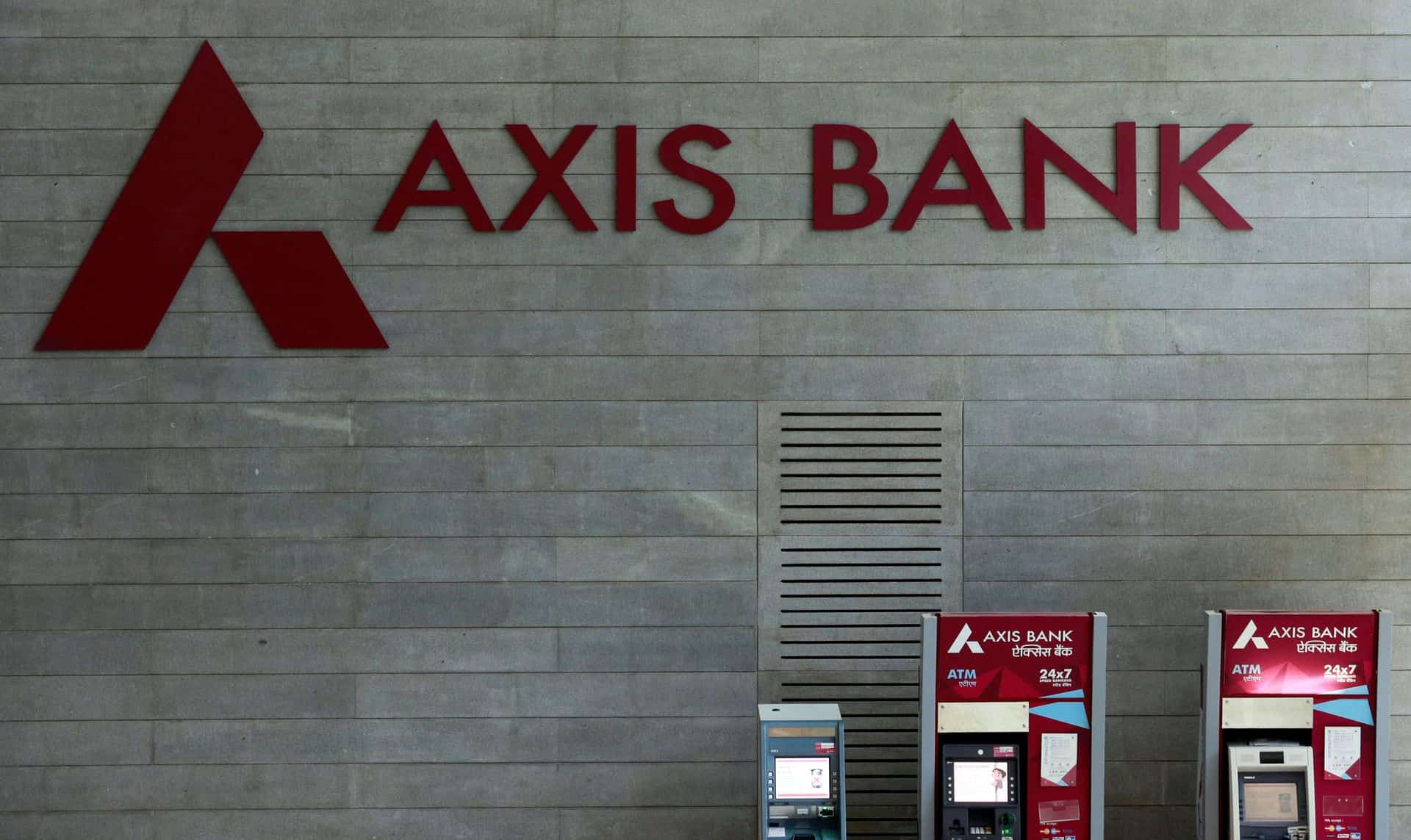This article/post contains references to products or services from one or more of our advertisers or partners. We may receive compensation when you click on links to those products or services
If there is anything good to come from losing money in the stock market, getting a tax benefit for your losses might just be that thing. Recording a loss is as easy as selling a losing investment. Getting the tax benefit, however, requires that you avoid making a critical error – tipping the wash sale rule.
The wash sale rule affects all stocks, bonds, mutual funds, and options. Any investment that can generate a taxed capital gain is affected by the wash sale rule.
The Short Version:
- The wash sale rule helps prevent investors from harvesting their tax losses on investments that they’re planning on rebuying immediately
- The rule stipulates that investors must wait at least 30 days before repurchasing the same, or a “substantially identical,” security
- However, the exact meaning of “substantially identical” regarding certain securities can be a bit confusing.
- Generally, the wash sale rule still does not apply to cryptocurrencies or NFTs
How the Wash Sale Rule Works
Suppose you own 100 shares of a stock acquired at $35 per share. The current market price is $25, for a $10 loss per share, or $1,000. Being an enterprising investor, you realize the role of taxes in your investment performance. Booking this loss in a calendar year will help you cover gains made in other investments, thereby reducing your tax burden.
To realize the loss, you sell your stock at $25 per share and record losses of $1,000. In order to legally and rightfully record this loss on your taxes, you will have to avoid repurchasing the same stock within the 30 days following your sale.
The wash sale rule is designed to prevent investors from recording a loss by selling an investment and then repurchasing the same or very similar investment within 30 days. The IRS does not want investors to make transactions just for the purpose of claiming immediate tax benefits.
Wash Sale Gray Areas
The wash sale rule does have a gray area in that the law says you cannot buy the same or “substantially identical” investments in a 30 day period. What is “substantially identical” has been the topic of a common debate in personal accounting.
To be clear, selling the Vanguard Russell 2000 ETF (VTWO) and then purchasing the iShares Russell 2000 Index (IWM) is a very clear violation of the wash sale rule. These two investments, though they have different ticker symbols and fund managers, are absolutely “substantially identical.”
However, selling Microsoft stock and purchasing Apple shares is not in violation of the wash sale rule. These companies are definitely not substantially identical. They are competitors. Likewise, the case can be made that selling Exxon Mobil (XOM) shares and buying Chesapeake Energy (CHK) is not in violation of the wash sale rule. While both make money from energy, they are different companies that produce different types of energy from vastly different operations.
Related >>> How to Invest for Rising Interest Rates | Best Stocks & Sectors
What Happens if You Trigger the Wash Sale Rule?
It should be made clear that it is not illegal to make a wash sale. It is, however, illegal to claim an improper tax benefit.
Triggering the wash sale rule does not mean you lose all potential value in losing money. For the sake of example, suppose again that you have 100 shares of a stock acquired at a price of $35. The current market price is $25.
You decide to sell your shares on June 1 for $2500, incurring a $1,000 loss. By June 21, you realize that you should have held onto your shares, and buy 100 for $27 each or $2,700 in total.
The original $1,000 loss does not disappear. In fact, it is simply added to your cost basis for the shares you purchased to replace the shares you sold. Thus, your cost basis for the 100 shares is $2,700, which you paid to repurchase the shares, plus the original $1,000 loss. That leaves you with $3,700. Notice that you are still holding this very valuable loss since the share price is $27, and your cost basis is $37 per share. The loss will reduce any gains on your newly repurchased shares. It will also increase losses should you liquidate your position in the future.
Does the Wash Sale Rule Work With Crypto?
In a word: No.
As of late 2022, the Wash Sale Rule technically doesn’t actually apply to cryptocurrency due to how the IRS classifies digital assets. Even though the IRS knows that crypto is used as both a store of value and an investment (more so the latter), the agency still classifies digital assets as property – not a security (see Notice 2014-21).
That’s a critical distinction, because per Publication 550, the Wash Sale Rule only applies to securities.
This means that for now, there’s an apparent loophole that allows crypto investors to sell their crypto, immediately buy it back, and harvest the loss on their Schedule D.
The crypto community doesn’t have to wait 30 days, nor do they need to ruminate on which cryptos are “substantially identical” to each other.
But even though the loophole uniquely favors the crypto community, there’s still risk involved. Crypto prices can fluctuate wildly in the span of a few seconds. If you plan to harvest a big loss, you might want to time the sale during a period of low trade activity. Plus, trade and gas fees will be unavoidable, and will eat into your temporary tax savings.
I also wouldn’t count on the loophole staying open forever, as the White House appears to be inching closer to assigning the SEC to watch over crypto.
But until then, it’s an interesting loophole that could provide some temporary tax relief to crypto HODLers reeling from a tough 2022.
Does the Wash Sale Rule Work With NFTs?
Similar to crypto, the Wash Sale Rule technically doesn’t apply to NFTs because the IRS classifies digital assets as property.
But unlike in the crypto space where this provides a pinch of temporary relief, the lack of regulations surrounding wash sales has sowed chaos in the NFT world.
This is due to the rampant, illicit practice of “wash trading,” where the seller of an asset buys and sells it back and forth to create the illusion of high demand, thus artificially inflating prices.
This old-as-dirt market manipulation tactic has been banned since the stone age in traditional markets, but in the unregulated NFT space, it’s made an unwelcome resurgence. In fact, one analysis found that up to 95% of NFT sales on the popular marketplace LooksRare could be linked back to wash trading. To spot a wash traded NFT and other scams, check out How to Spot an NFT Scam.
When it comes to the Wash Sale Rule, there’s technically nothing in the tax code (that I could find) stopping you from selling an NFT to yourself and harvesting the loss. But it’s such a violation of the spirit of multiple laws that it’s not recommended. After all, the IRS has been known to keep a watchful eye on the Ethereum blockchain.
The Bottom Line on the Wash Sale Rule
The wash sale rule creates an invisible line through time that separates different investments for tax purposes. If you sell an investment at a loss and repurchase a similar investment within 30 days, the IRS says the time between buying and selling is not significant enough for an investor to claim the loss from the initial transaction. The loss is added to the cost basis for your repurchase. Therefore, you have to carry it until you decide to sell the investment at a later date.
If you sell an investment at a loss and do not repurchase a similar investment within 30 days, you can claim that loss on your taxes for the year.















